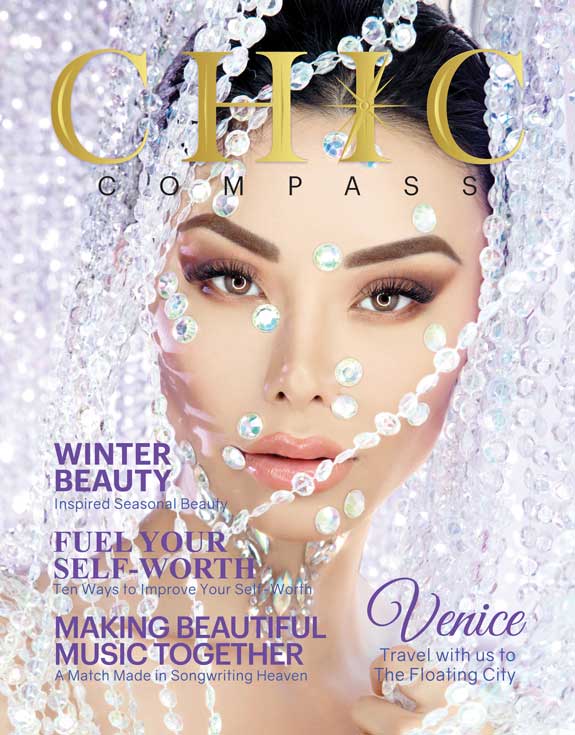
This article was printed in the
Winter 2019 issue of Chic Compass Magazine.
To Self-Publish or Not to Self-Publish
BY JOAN S. PECK
Books, books, books—we love them. We cry over them; we laugh with them; we adore how they feel in our hands, and as we turn each page, we are stirred by the emotions the words and their artwork create within us. Indeed, we must love books because today there are more than 1 million new books offered for sale each year.
Yet, I guess that number shouldn’t be so surprising, because humans have always had a propensity for storytelling, even as far back as 30,000 B.C. as evidenced in the famous cave drawings in Chauvet Cave in France, and the Egyptian hieroglyphs in 4000 B.C. With the Chinese invention of paper in 105 A.D., new ways to express ourselves came about, and today the field of writing and publishing a book remains an open field for anyone who has the fortitude to go through the process.
Yes, we’ve come a long way, thanks to all the technology and social media that’s been created which has allowed us to communicate so easily with one another and has given authors various means to share their books. Today, above and beyond the ease of purchasing print books through multiple resources, we can download them onto our computers and hand-held devices as e-books or listen to them as Audible books. Although the varied choices to make our books available to the public can become overwhelming for any author, there is one decision that an author ultimately has to decide—do I self-publish, or do I go through a traditional publisher?
There are many reasons for choosing either, but what is the difference?
1. Simply put, for certain rights, the traditional publisher doesn’t charge authors to publish their book, and pays them royalties on books sold. Most often, the authors receive an advance of money.
2. Self-publishing, also known as “vanity” publishing, is where authors have to meet the total expense of getting the book published and retain full rights. Without the publisher’s costs, the royalties from the sale of books is greater.
For many years, there was a stigma against self-publishing for if you did, you were looked upon as an author unworthy of consideration by an established traditional publisher. Therefore, your book could never receive the influence nor praise that it might have deserved otherwise if your book had been accepted by a well-established New York publisher.
But the truth is independent [“indie’] self-published authors have learned how to produce their books as professionally as traditionally published books, and indies are now considered to be the ‘cool cats’—earning and deserving the respect of readers. With the creation of Amazon, Nook, and others, indies have avenues to distribute and sell their books to waiting audiences in a much shorter time frame and with lower prices than traditional publishers. The trend of printed books, whether self-published or through a traditional publisher, is diminishing as e-books take over. It is predicted that e-books will overtake print books; yet, likely, there will always be print books.
As an indie author, I agonized whether I should find an agent and see if a traditional publisher would be interested in publishing my book or ‘bite the bullet’ and do it all myself. Because I didn’t want to wait, I launched my first two books of my mystery Death Card Series this year through my own publishing company. I was aware of several local authors here in Las Vegas who had also launched their book this year, and I was curious to hear which way they had chosen to publish their book and why. But what became more valuable to me than simply discovering whether they self-published or not was to learn about the authors themselves, for each is a fascinating person.

Sharon Gainsburg
Sharon Gainsburg
I met Sharon (pictured above) at her studio where she had some of her exquisite stone art pieces displayed. I felt held there, unable to move away from the beauty of each carved masterpiece. The energy emitted from each piece was overwhelming, and I became captivated by its message for me, which for anyone who views any great work of art is unique.
Sharon pulled me into the back area of the studio where large uncarved stones sat upon shelves waiting to be chosen for the next art piece. It is there she teaches others the skill of what she does and encourages them to “Listen to the stone, for it will talk to you,” ultimately guiding them how to carve out their stone. Work tables were scattered about allowing me to view several pieces of her students’ unfinished work, where it was possible to make out what they would look like when finished. Each one magnificent – thanks in part to Sharon’s more than 40 years as a teacher.
When she showed me her book, I was taken aback as I looked through it, for it is more than a stunning piece of writing filled with photos of her work—it is part autobiography from 1963 to the present where she shares the development of her spirituality through her work. I found her book, “Worldbridger – a sculpted life,” a gift for anyone who picks it up to once again appreciate the synchronicities of life and the guidance from others outside ourselves. When I asked her what Worldbridger meant, she replied, “She was told, besides creating my own work, I was here to help people tap into their subconscious, and consciously bring forth their creative voice.”

This is Sharon’s first book and when I asked her what had inspired her to write it, she said, “A student said I needed to tell my story. By sharing my experiences, I really wanted to inspire other artists not to give up and show them that if I can do it, so can you.”
Did you self-publish? I asked. “Yes, my son helped me. He had contacts for the layout work and editing.” It was printed through Ingram Press, one of the two most popular for self-publishing authors.
Her advice for an upcoming author? Vet the people responsible for getting your book out and make sure they are reliable.” Anything else? “Don’t waste your time beating yourself up and judging what you are writing. Write from your heart.”
Visit Sharon’s website at:
www.gainsburgstudio.com

Jerry Blank
Jerry Blank
I went to visit Jerry at his studio (pictured above) where some of his latest artwork was on display. He is an impressionist artist, and his paintings are brightly colored with broad and bold brush strokes that demonstrate his appreciation for life. He has earned many awards for his work.
Jerry’s background is in graphic design, marketing communication, and commercial illustration, which he used in teaching design at Foothill College and San Jose State University. He took a yearlong sabbatical in Paris which set the stage for his conversion from commercial design to fine art. He returned home with 53 paintings influenced by Manet, Monet, Van Gogh, Cezanne, Renoir and others, and launched his painting career. He has now been painting for 20 years and is in constant demand for his art pieces.
The book he presented to the world this year is called, The Backroads of Southern Nevada (pictured below). It is his first book—a beautiful, “down-home,” unpretentious book filled with 165 of his eye-catching watercolor sketches of tucked-away, fascinating places to visit off Nevada’s major highways. When I asked what had inspired him to write this, he went to his bookcase and pulled out Earl Thollander’s book, Backroads of California. He said, “I’ve always loved this book filled with sketches and many more pages than mine. There has never been one written of the backroads of Nevada, and I thought I would do one.” It took him one and one-half years to complete his sketches and get the book out. If you read his book, you’ll want to go to each place and see it for yourself.
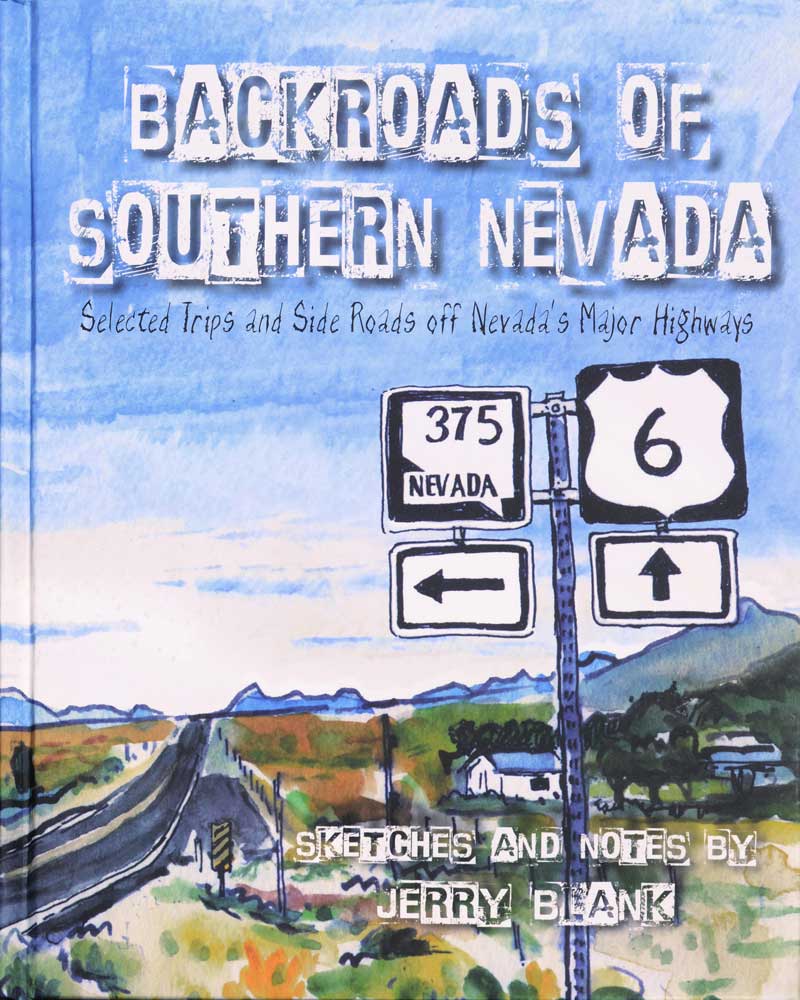
I asked if he self-published his wonderful art/travel/history book and he said he had. Why? “I wanted control over it, especially for distribution, and the publisher takes so much financially.”
His advice for upcoming authors? “If you have a dream go do it, life is short.”
Visit Jerry’s websites at:
www.backroadsnv.com
www.goblankart.com
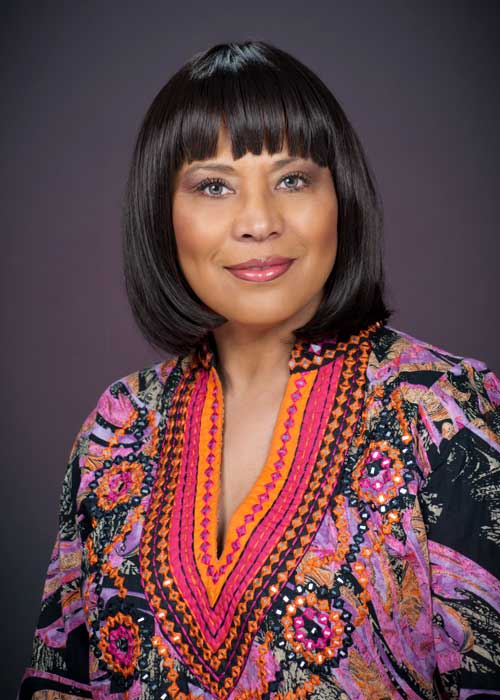
Quincella Rivers
I have known Quin and her smiling face for several years, and she continues to inspire me with her involvement in non-profit work. She is a socially inspired author and activist who has lived in Las Vegas since 1978. She had an interesting professional career working as a Juvenile Probation Officer and a senior investigator for Child Protective Services. Today, she continues as an advocate for sexual abuse victims and works within the community on issues regarding Human Trafficking. She is the president of The Society, Inc. that empowers and provides support to youth in the visual, performing, and literary arts.
Poetry is her way of releasing her creativity. When I asked who had inspired her to write, I was fascinated by the turns of events that led her to write. As a child, she had a speech impediment which resulted from a hearing impairment. She was teased about it, and became self-conscious about her speech, so at the age of 10, her mother bought her a diary, and she began to write, discovering it was an easy way to express her emotions.
It was her brother, Bucky, who was diagnosed in 2009 with multiple sclerosis and passed in 2016, who inspired Quin to publish a book of the nearly thirty poems she had completed in her repertoire. Before he died, he said “When are you going to stop fooling around and publish your book?”
In November 2017, Quin followed her brother’s wishes and published “Think of Me When You Drink Tea.” It is a beautiful, touching book (pictured below) filled with a soothing collection of poems that evokes deep feeling, and ranges in topics about fashion, love, trials and tribulations of life, social justice, and how to deal with loss of loved ones. Quin says, “Life is a journey filled with obstacles, triumphs, and failures…Still, always remember not to cry because things ended; smile because they happened.”
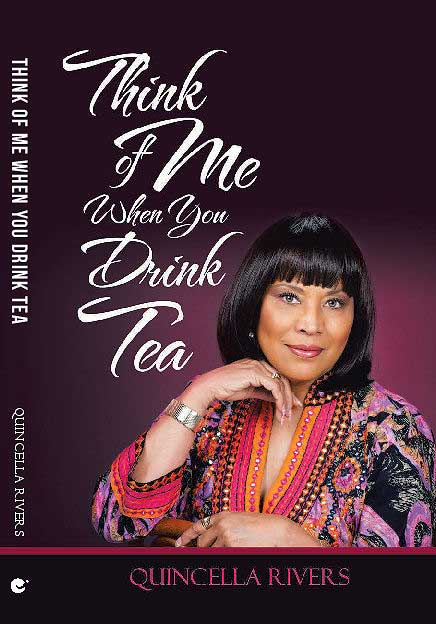
Of course, I was curious to know if Quin had self-published her book, and I wasn’t surprised to find that she had, but only after she thoroughly researched both traditional publishing and self-publishing to see what would work best for her. But, like most of us, she “wanted more freedom and control over her work” and will self-publish her next book as well.
Her tip for upcoming authors? Do your research between traditional or self-publishing to decide which would be a better fit for you to obtain your goal. “Just be cautious regarding the phone calls, and emails you will receive about how other agencies and companies have the ability to help you with your marketing strategies and promotion of your book. Do not lose touch with reality and allow them to build your ego unrealistically.”
Visit Quinn’s website at:
www.qrivers.com
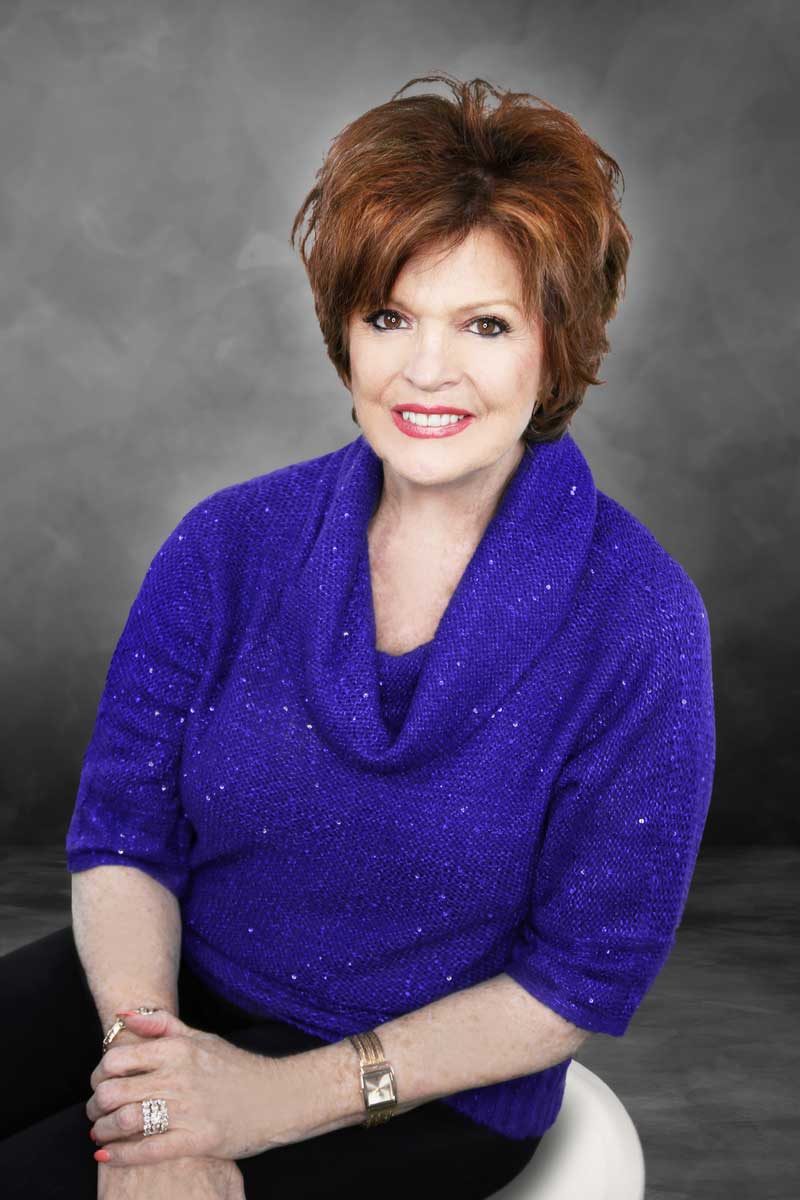
Judi Moreo
Judi Moreo
I’ve admired Judi (pictured above) for many years for she has coached others to become a better speaker and writer. She, herself, is a prolific writer, having written seven books by herself, and co-authored another nine. In addition, she has ghostwritten several books from notes provided by the “author,” whose name appears on the book. According to Judi, “I’ve been writing most of my life … from newspapers columns to magazine articles to books.” In addition to writing, Judi has become a well-known artist creating beautiful works of art, especially painting her beloved animals of Africa, where she lived for eight years.
I was curious to know what inspired her to write. “I was inspired as a child by my grandmother playing the cards “Authors” with me. It was a fun game which also made me realize the value of being an author. Plus, my mother encouraged me. She felt with my imagination, I would be able to tell some good stories.”
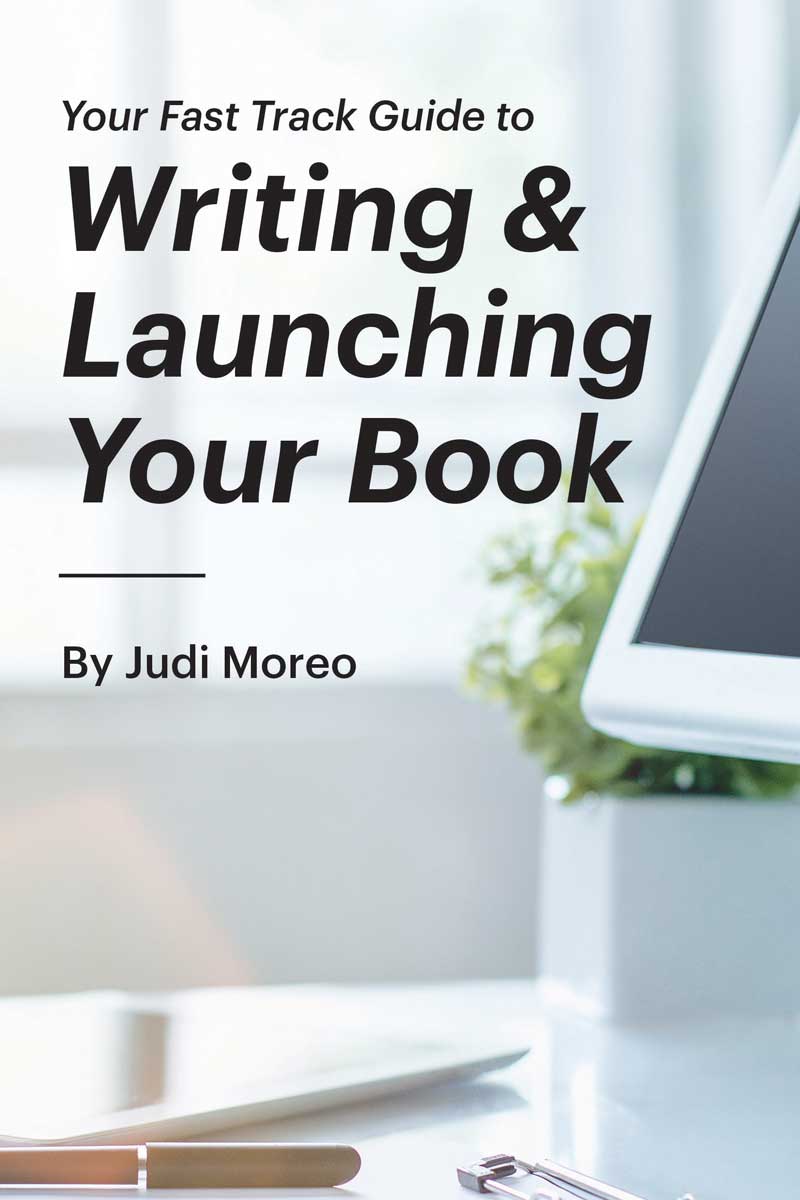
What genre are your books? “Self-help; motivational; inspirational.”
Her latest book (pictured above) is “Your Fast Track Guide to Writing and Launching Your Book.” I perused it and it is a must for anyone who wants to write because it explains the process from planning your book, writing the book, publishing the book, and marketing your book—with checklists to follow step-by-step so nothing is missed. And the best thing? If you need more help, you can hire Judi to assist you.
Did you self-publish your books or did you use traditional publishers? “There are advantages to both the traditional publishing and self-publishing. You simply have to determine what your goal is and who your target market is.”
“I’ve done both. I’ve had the honor of being published by Penguin Books, Career Press, National Press Publications, and Stephens Press. However, I currently own a small publishing company to publish my own books, as well as books for other inspirational authors.”
When I asked if she would choose to self-publish again, she said, “Yes. Even if you use a traditional publisher, very little marketing is done by them. It really is up to you to market your own book, making self-publishing more attractive because you don’t have to share the profits.”
What advice do you have for upcoming authors? “I had to learn by trial and error. I didn’t have anyone to hold my hand or a book with checklists. If I had to do it over, I would hire a writing coach in the first stages. The biggest mistake I made was not to ‘get busy and write.’ Og Mandino (who wrote ‘The Greatest Salesman on Earth’) actually gave me a letter to his publisher asking them to consider my writing for publication, and I didn’t have the product to send them or the courage to contact them. My advice to new authors … Write every day and promote your writing in every avenue you can find.”
To self-publish or not to self-publish was the question I thought important to address, especially for those who were considering publishing a book. Instead, what has come from writing this article has been far more satisfying than that. Conversing with all these authors has brought the greater pleasure of appreciating once again how each of us is on our own beautiful journey of living—not always perfect, but exquisite in its uniqueness. And how each of us express our ideas, thoughts, and feelings through our books demonstrates the power of the written word.
Visit Judi’s website at:
www.judimoreo.com
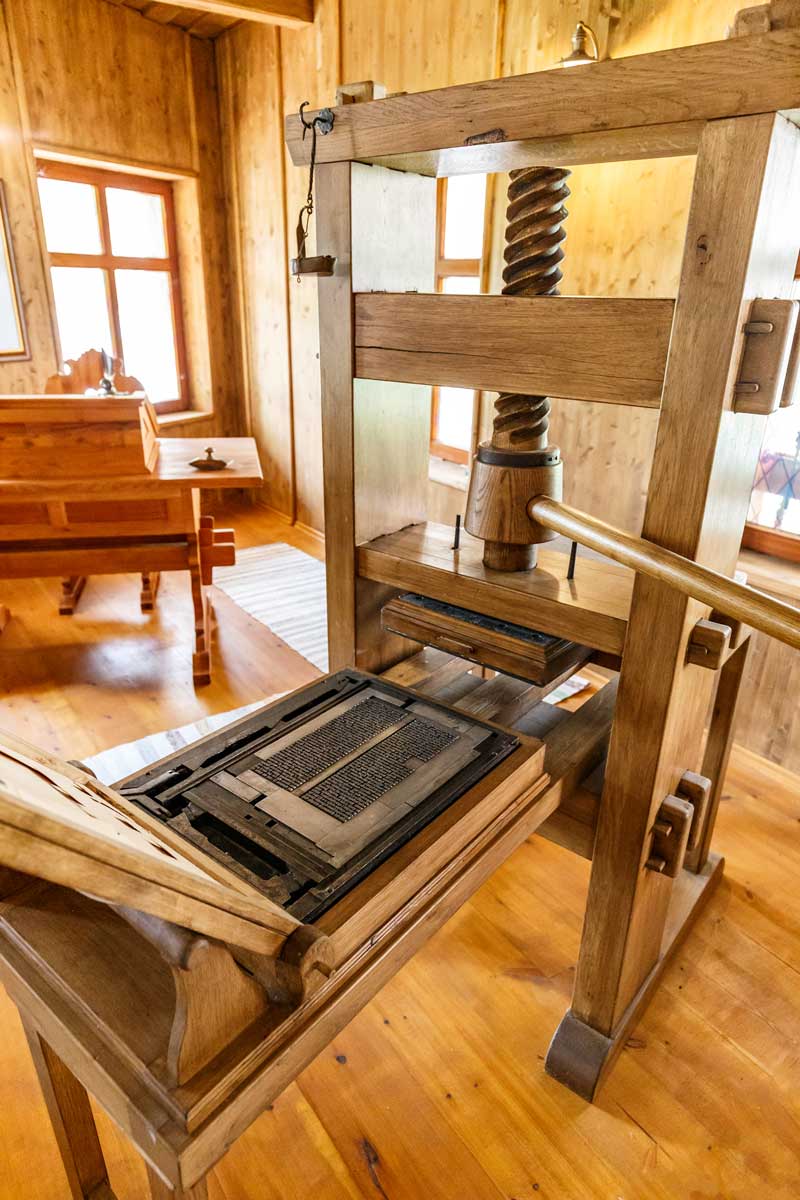
Here are some additional tidbits regarding the book publishing business:
- The earliest most successful self-published book was by Thomas Paine in 1776 – Common Sense, sold 100,000 copies within three months and became the best-selling work of the 18th century.
- The first print book was in 1200 by the Koreans with moveable type.
- 1456, the first book to be produced on a printing press anywhere in the world was the Gutenberg Bible in Germany.
- In 1690, the first English-American newspaper was produced called Publick Occurrences, followed by the first general interest magazine called The Gentlemen’s Magazine in 1731.
- The first e-book was published between 1940 and 1980, although the exact date and book remains disputed.
- Anne Bradstreet became the first published American woman writer in 1650. Her book of poems, The Tenth Muse Lately Sprung Up in America, was published in England that year.
